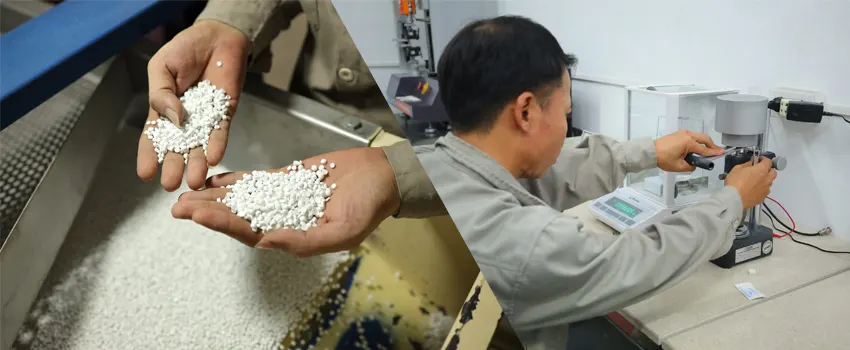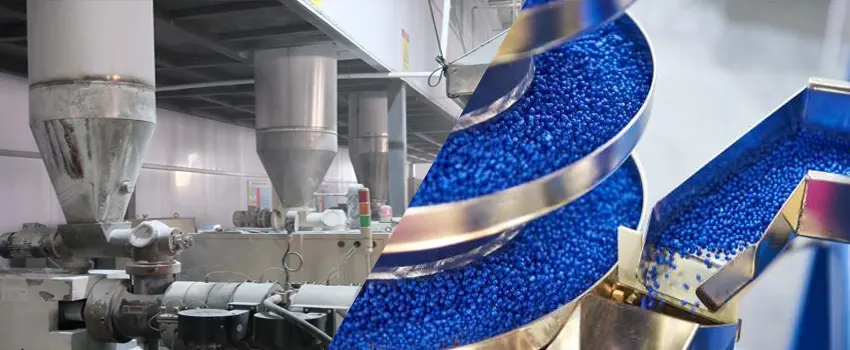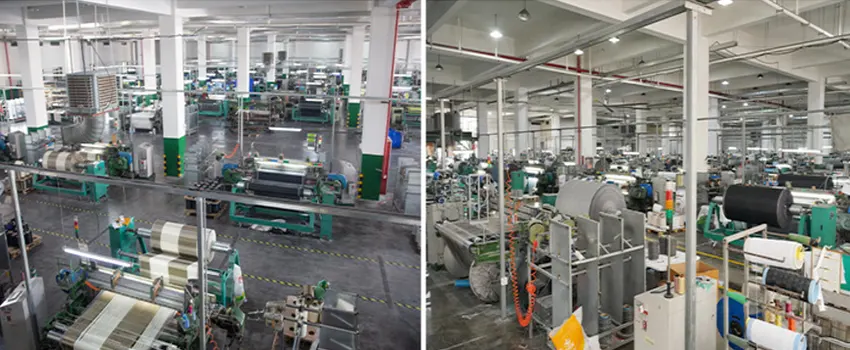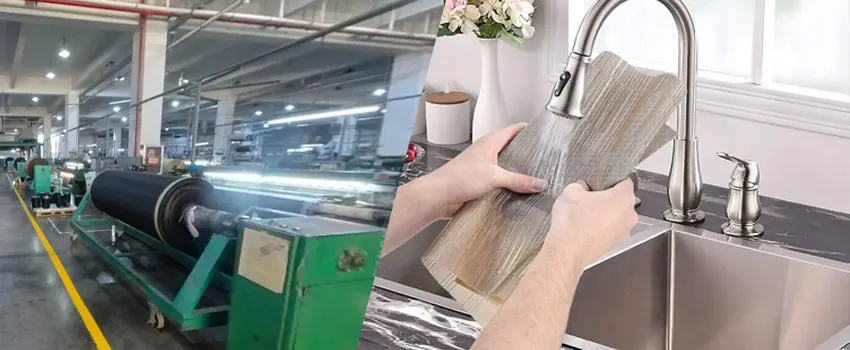Quality Control Standards for Our Placemats
We take pride in delivering placemats that combine durability, style, and functionality. Our rigorous quality control process ensures every piece meets the highest standards. From material selection—featuring our standout PVC for its waterproof, long-lasting properties—to precision manufacturing, we inspect every detail. Each placemat undergoes testing for stain resistance, heat tolerance, and structural integrity, guaranteeing a product that performs as beautifully as it looks. Have questions about our process or want to discuss your needs? Contact us to learn more about how we control placemats quality!
How do we control the quality of placemats?

1. Placemat raw material testing
2. Material Preparation


3. Design and Pattern Application
4. Cutting and Shaping


5. Fine assembly and assembly
6. Placemat Surface Treatment


7. Defective product detection and performance testing
8. Packaging and Storage

Explore more meal mat solutions
Are you ready to start your meal mat procurement journey?
Are you ready to start your meal mat procurement journey?
We will provide perfect solutions and competitive quotations based on your procurement needs, including material, quantity, logo customization, and other factors

